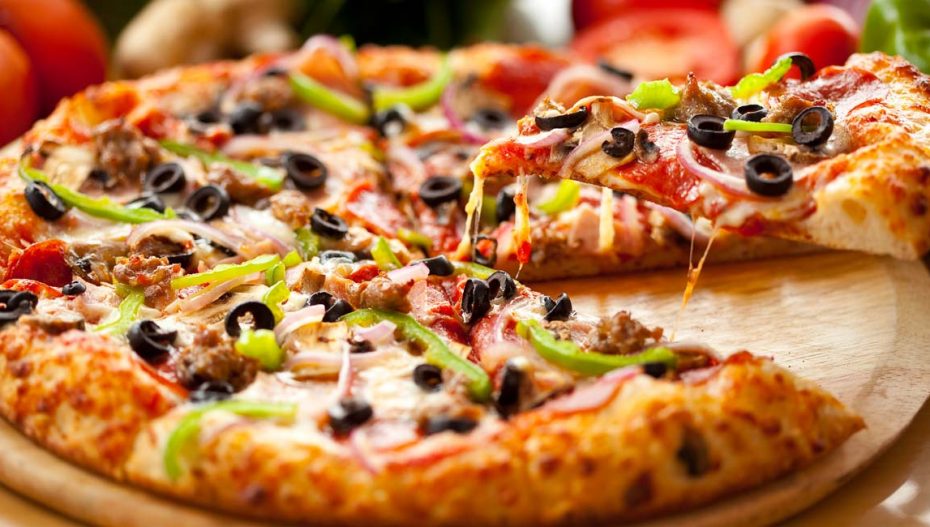Whoever said that pizza makes for a simple meal, think again. As per the Haryana Appellate Authority for Advance Ruling (AAAR), “a pizza topping is not a pizza and hence should be classified differently and levied a higher 18 percent goods and services tax (GST).”
Classification of products has been a complex issue under GST. For instance, while lassi and milk are not taxed under GST, flavoured milk is taxed at 12% and flavoured lassi is outside the ambit of the tax regime. Earlier, too, several AARs have ruled on whether GST is applicable on food items.
This could complicate taxation for several pizza brands, especially when the pizzas are sold within a hotel or restaurant, explains tax experts. GST rates on pizzas differ on the basis of how they are prepared and sold. A pizza sold and eaten within a restaurant attracts 5% GST, the pizza base bought separately attracts 12% while a pizza delivered at home attracts 18% GST.
The AAAR ruled on March 10 that pizza topping should face 18% GST as its preparation method is different from that of a pizza. It considered all the ingredients used in a topping and concluded that while a pizza topping is sold as a “cheese topping” it’s not really cheese and hence should attract higher taxes.
The authority ruled that pizza topping contains “vegetable fat” as a substantial portion, being 22% of the ingredients, and hence, it does not qualify to be categorised as “processed cheese” or a type of cheese. Pizza topping would merit classification as “food preparation,” it said.
Tax experts said GST rates could depend on three tests – common parlance test, end use test or ingredients test – and that often tax rates could differ how a product is categorised. Cheese, for example, is taxed at a lower rate if it is called “fat” or processed food preparation.
“The authorities have given weightage to the actual ingredients vis-a-vis common parlance, under which one would treat them as cheese toppings and classify them accordingly,” said Harpreet Singh, partner, KPMG India.
“This reiterates the fact that classification under GST is a factor of various principles, viz. end use of product, key constituents, common parlance, etc., and hence a complex process.” A separate tax controversy is raging around kiosks, restaurants and home delivery under GST. Tax experts said that in future, restaurants, kiosks and even pizza companies that buy these toppings would have to cough up 18% GST. Many of them, however, will be able to charge only 5% GST when they sell pizzas to customers. This could impact the margins of some pizza companies, according to tax experts.












